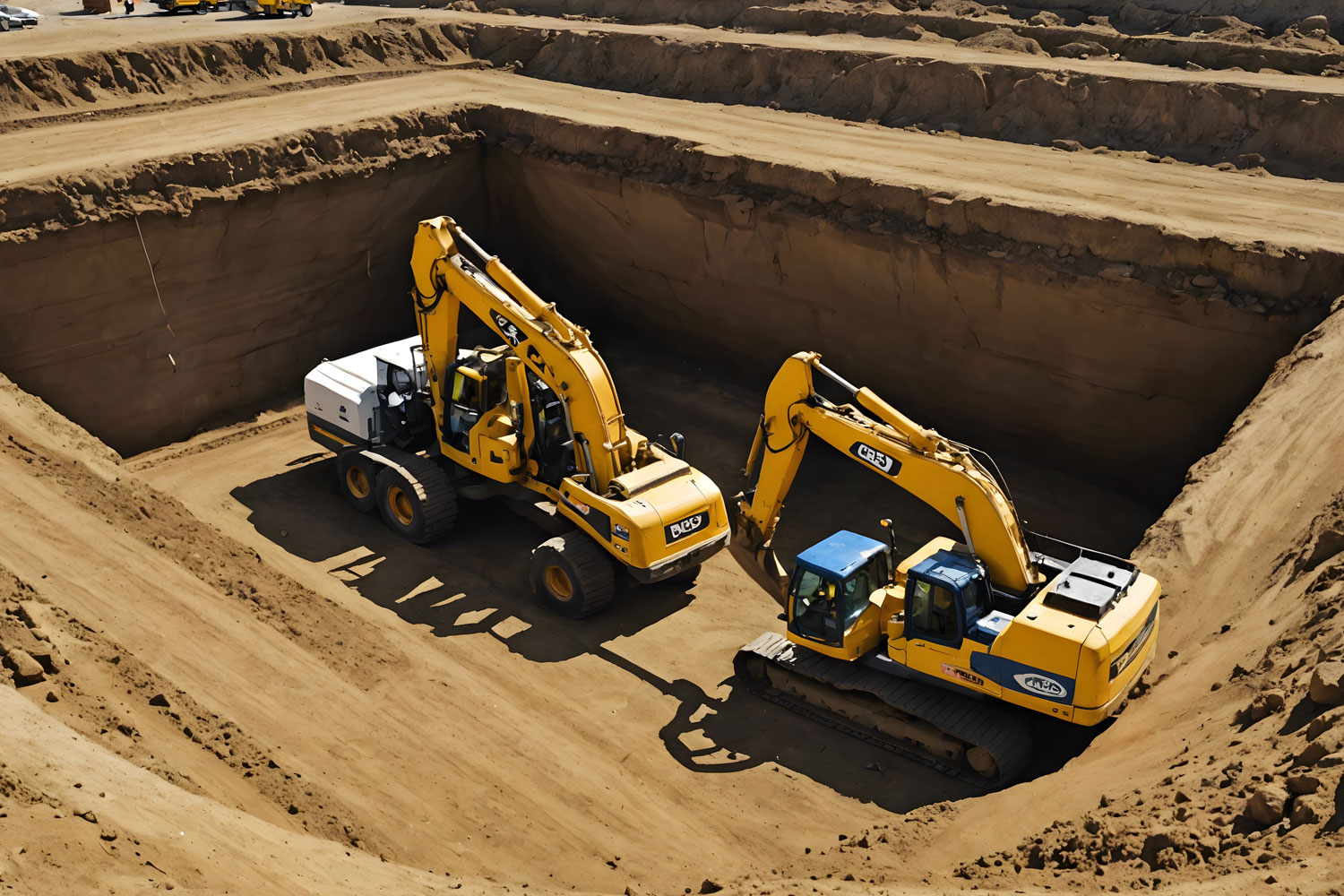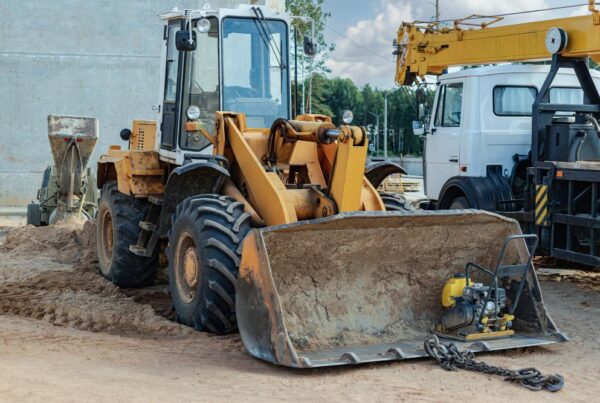Excavation is a fundamental aspect of construction, involving the removal of earth to create trenches, foundations, and underground structures. While essential, excavation poses significant safety risks to workers and nearby individuals if not properly managed. This article explores excavation safety, highlighting best practices and regulations that construction sites must adhere to ensure the well-being of all involved.
Understanding Excavation Hazards
Excavation work exposes workers to various hazards, including cave-ins, falls, hazardous atmospheres, and struck-by or caught-between accidents. These risks can lead to serious injuries or fatalities if safety measures are not implemented effectively. Therefore, it’s crucial for construction companies to prioritize excavation safety at all stages of a project.
Best Practices for Excavation Safety
1. Site Assessment: Conduct a thorough site assessment before excavation to identify potential hazards, including underground utilities, unstable soil conditions, and overhead obstructions.
2. Training and Education: Ensure all workers receive proper training on excavation safety protocols, including soil classification, trenching techniques, and emergency procedures.
3. Protective Systems: Implement appropriate protective systems, such as sloping, benching, shoring, or shielding, to prevent trench collapses and protect workers inside excavations.
4. Access and Egress: Provide safe access and egress points for workers entering and exiting excavations, such as ladders, ramps, or stairways, to minimize fall hazards.
5. Atmospheric Monitoring: Regularly test the atmosphere inside excavations for hazardous gases or low oxygen levels using gas detectors to prevent asphyxiation or exposure to toxic substances.
6. Equipment Inspection: Inspect and maintain excavation equipment regularly to ensure safe operation, including excavation machinery, shoring materials, and personal protective equipment (PPE).
7. Emergency Preparedness: Develop and communicate emergency response plans for excavation incidents, including rescue procedures, evacuation routes, and first aid protocols.
Regulatory Requirements
Construction sites must comply with relevant safety regulations and standards set forth by organizations such as the Occupational Safety and Health Administration (OSHA) in the United States or the Health and Safety Executive (HSE) in the United Kingdom. These regulations outline specific requirements for excavation safety, including soil classification, protective systems, access requirements, and worker training.
Conclusion
Excavation safety is paramount to the success and well-being of construction projects and workers. By implementing best practices and adhering to regulatory requirements, construction companies can mitigate excavation hazards and create safer work environments for all involved. Prioritizing excavation safety not only protects workers from harm but also enhances project efficiency and minimizes potential liabilities. Ultimately, a proactive approach to excavation safety ensures that construction sites operate responsibly and sustainably, contributing to the overall success of the construction industry.






